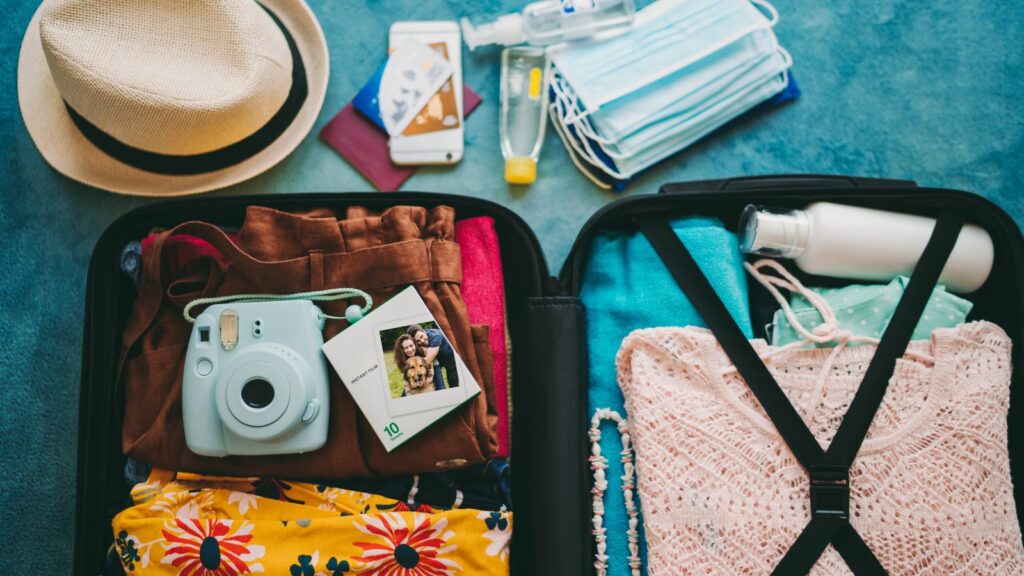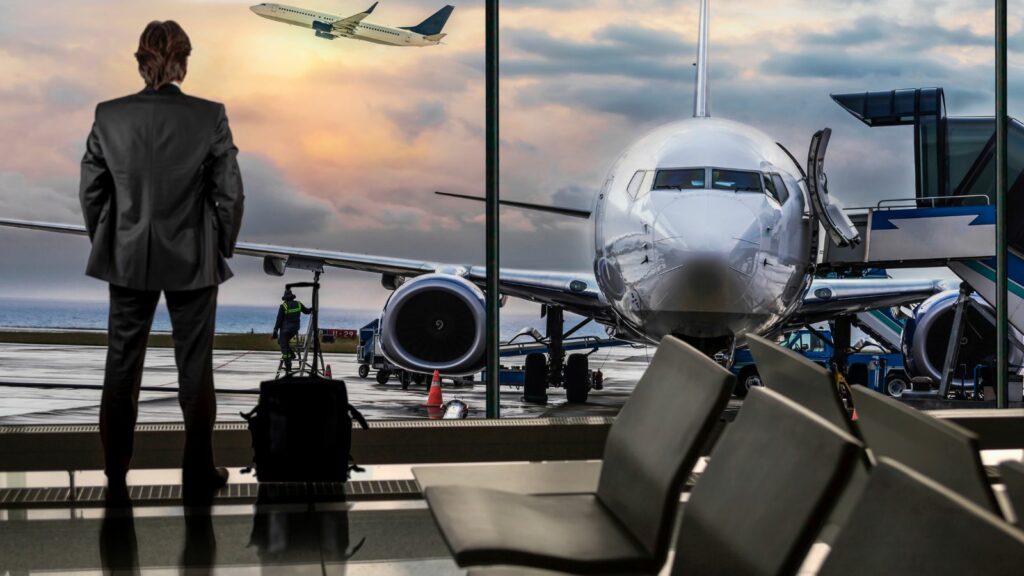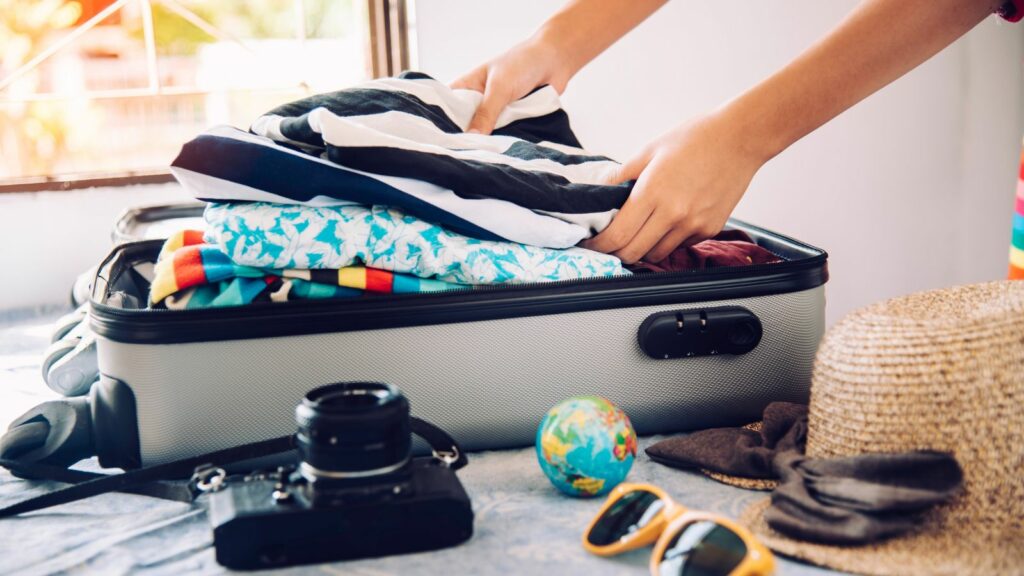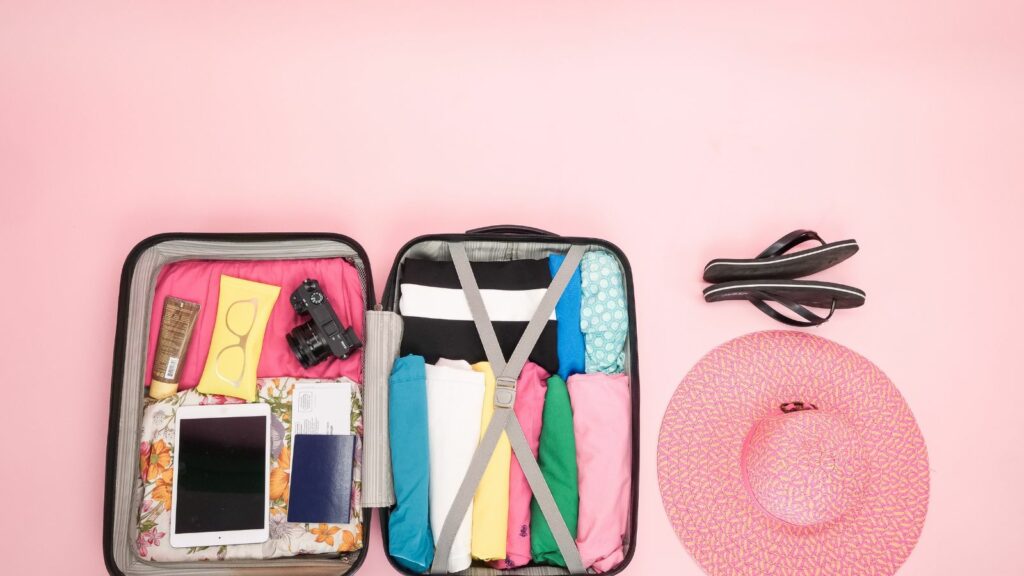For the passionate photographer, traveling without their camera gear isn’t an option. Yet, the logistics of flying with such delicate and often expensive equipment can be daunting. This article aims to ease those fears, offering practical tips and advice to ensure a smooth journey flying with camera gear.
Flying with Camera Gear
Properly flying with camera gear isn’t a suggestion, it’s a necessity. It serves as an essential safeguard against the numerous risks that come with transportation.

Camera gears include sensitive components, such as lenses that require utmost protection. Their precision-engineered structures can be affected even by the smallest impact during transit. Additionally, camera gear is often a significant investment, amplifying the crucial necessity of protection against damages. For example, professional-grade DSLR cameras and lenses have a delicate balance of glass and mechanical parts that can be compromised with inappropriate handling.
Secure packing of camera gear doesn’t merely protect the equipment; it also contributes to a seamless photography experience. It eliminates the risk of malfunctions that could arise due to potential damage, ensuring the camera is ready to capture perfect shots upon reaching the destination. Consequently, they are able to concentrate on their primary task of capturing those eye-catching visuals, rather than being burdened with worries about potential damage to their expensive gear.
Air Travel Regulations for Camera Gear
Flying with camera gear involves navigating through specific air travel regulations. Knowledge about these rules ensures a smooth journey, eliminates unexpected surprises, and safeguards the gear.

The Transportation Security Administration (TSA) permits photography equipment on flights, whether in hand luggage or checked bags. However, TSA reserves the right to check the items through X-ray screening. Inspection may require unpacking of the gear, so it’s important to pack in a way that facilitates this, without causing any harm to the delicate gadgets. Furthermore, battery-powered equipment, particularly those with Lithium batteries, must adhere to specific guidelines, under which they must be carried in hand baggage only.
While TSA regulations apply across all flights within the US, individual airlines may also impose their own carry-on rules for photography gear. Most airlines count camera bags as personal items, though some may consider them as part of the hand luggage allowance. Various factors, including the size of the equipment bag and its weight, play a role in these rules. Therefore, photographers need to familiarize themselves with the airline’s specific regulations in advance, preferably at the point of ticket booking, to plan and pack the gear appropriately.
Essential Tips for Flying with Camera Gear
Gear matters to photographers, but so does its protection during flights. Discussed below are two vital parameters that warrant knowledgeable attention.
Protective Cases for Air Travel
Sturdy protective cases fit the bill for air travel. Hard-shell, waterproof, dustproof cases offer top-grade protection; they shield sensitive equipment from potential damage during transit. Products like Pelican cases, for instance, get thumbs up from photographers globally, thanks to their tough construction and foam-filled interiors that cushion the equipment inside. Remember, however, airlines’ carry-on size restrictions before purchasing such protective gear.
Keeping Valuable Equipment Close

Storing valuable equipment in checked luggage isn’t the safest bet. Chances are that airport security scanners pick up expensive gear and insist on a manual inspection, often leading to potential mishandling. Therefore, packing valuable gear like camera bodies and exceptional glass within hand luggage proves advantageous.
Moreover, place Lithium batteries – preferred power sources for most photographic equipment – within carry-on bags, observing TSA regulations. It’s a mandatory step linked to the volatile nature of Lithium that poses safety hazards if packed in checked luggage. Airlines also keenly enforce this rule; getting familiar with it saves photographers unnecessary hassle during security checks.
Enhances Photography Experience
Traveling with camera gear doesn’t have to be a headache. The key is to pack smart, understand airline regulations, and prioritize the safety of your equipment. Secure packing protects your gear and enhances your photography experience, letting you focus on capturing stunning visuals. Knowing TSA guidelines and individual airlines’ carry-on rules helps ensure a smooth journey.



